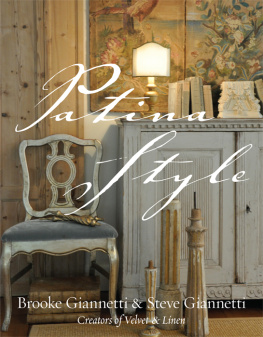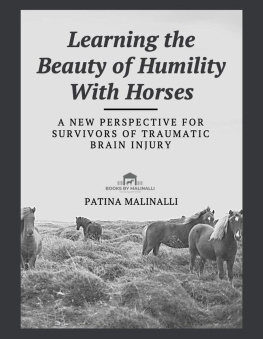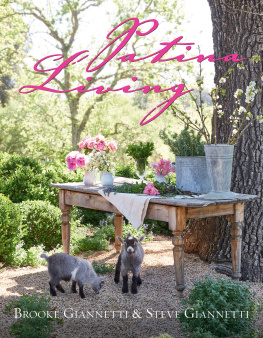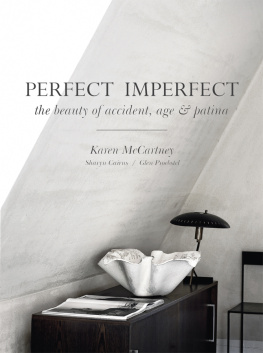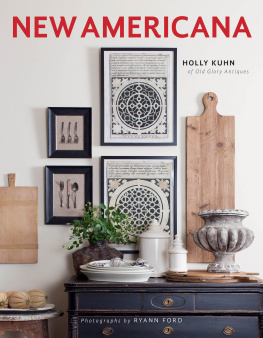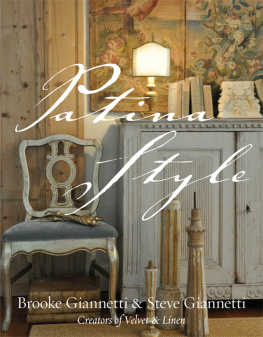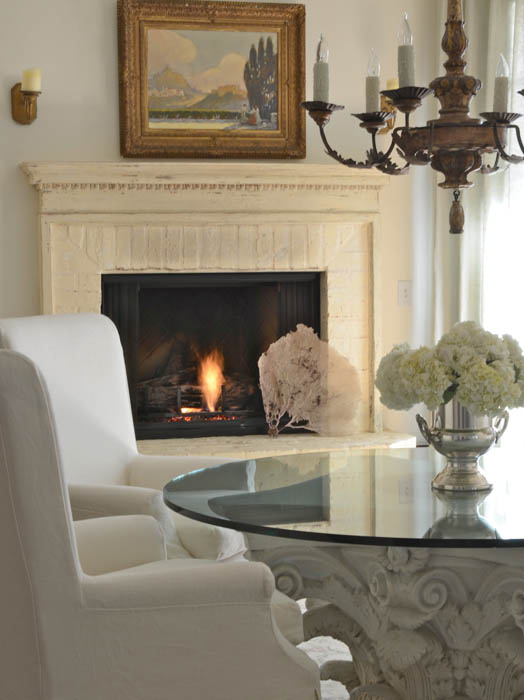Patina Style
Steve Giannetti & Brooke Giannetti
with Sara Bliss
Turn on Publisher Defaults for Optimal Viewing

Patina Style
Digital Edition 1.0
Text 2011 Steve Giannetti and Brooke Giannetti
Photographs 2011 Steve Giannetti unless noted otherwise
All rights reserved. No part of this book may be reproduced by any means whatsoever without written permission from the publisher, except brief portions quoted for purpose of review.
Gibbs Smith
P.O. Box 667
Layton, Utah 84041
Orders: 1.800.835.4993
www.gibbs-smith.com
ISBN: 978-1-4236-2254-3
To our three beautiful children, Charlie, Nick and Leila.
Acknowledgments
Our dearest thanks are to our children, for it is through the life we share with them that our Patina Style philosophy emerged.
Thank you to our parents for their constant support and encouragement; to our friends, design colleagues and fellow shop owners for enriching our lives and inspiring our work.
Thanks to our amazing clients, who share our vision of what is beautiful and trust us to design their homes, and our fantastic Giannetti Home design team, who help us turn our dreams into reality every day.
Were grateful for all of the talented people who played a part in creating this book: Jill Cohen, our dear friend and book agent, who believed in Patina Style from the minute she first stepped into our shop; the amazing Doug Turshen and his team for creating a gorgeous layout from our thousands of images; the incredibly talented writer Sara Bliss, who turned our casual morning chats into eloquent prose; writer Laurel Kornhiser, who expresses the essence of Patina Style in the introduction of this book; photographer Lisa Romerein, who captures our work so beautifully in her images; Kate Burger for her fabulous styling; and our Gibbs Smith editor, Madge Baird, who seamlessly brought all of the parts together to create the book that was previously only in our dreams.
A special thank-you to all of our Velvet and Linen readers, who have joined us on this journey and whose support and understanding made this book a reality.
Introduction
Life isnt about the things you own but about the experiences you have with them. Patina Style embraces the life in things: the newel post worn smooth where hands always land, the leather trunk that bears the rubs and scratches of global travel, velvet that is faded, silver that is tarnished, or a flowerpot embedded with moss. This is the essence of Patina Style, a design philosophy that has evolved through our own lives, both personal and professional.
It all began when, after years of designing for other people, we had the opportunity to relocate our offices, redecorate our home, and open a store. Rather than one of us taking the lead, we visited antique shows and swap meets together and bought the items that we both loved. We designed furniture we wanted but couldnt find anywhere. We brought all the elements that we had collected together, and a new look emerged, featuring aged fabrics, gilded objects, rich leathers, roughened woods, and industrial artifacts. Our personal style began to come forth as a reflection of our personalities. That special chemistry that is created from the dynamic interplay of opposites, masculine/feminine, simple/decorative, industrial/gilded, came together; as in a marriage.

Patina Style also grew from a desire to add meaning and calm to our surroundings. It was born of a palette of warm neutral colorssoft creams, gray-greens, and calm bluesthat create serenity. We gravitated towards materials that felt real and that age gracefully over timepine or oak floors, plaster walls, and natural finishes. We chose objects that showed the artists touch and the creative process at work. We wrote about the transformations on our Velvet and Linen blog. As we wrote, our design philosophy was clarified. Positive comments followed, magazine inquiries came and we developed the ideas further.
We have asked ourselves why our style resonates with so many; why people respond to the beauty of Velvet and Linen; why the flea market items and antiques that we feature in our store, Giannetti Home, strike such a reverberating chord. When we bring antiques and other artifacts from the past into our homes, we connect with the stories behind them, the people who created and used them. Thats what people love about countries like Italy and Francethe idea that these places have a patina, or history.
Objects also carry the history of peoples interactions with them and the effects of nature on their surface. We have three wonderful children and know that the typical decorated home is not compatible with a real familys life. In fact, the imperfections that come from or kids dinging the floors and the furniture come to mean something different to us. Just like the patina of a fine antique can be celebrated, our own family patina becomes important. We come to cherish the wears and tears of life, to know things are precious precisely because of their imperfections.
We challenge the conventional wisdom that its easier to play it safe. We want to create spaces with emotional impact, spaces that celebrate the beauty in the old, the imperfect, the slightly roughed-up. We are not antique experts. In fact, we prefer not to know an items provenance but to react to it viscerally. On our frequent excursions to flea markets and antique stores, we buy things because we love them, because they have great proportions, beautiful styling, simplicity, and a sense of history.

These Swedish antiques capture our love of rustic and refined, and their beautiful gray color is one of the foundations of our palette.
We design with the whole family in mind. Children need places that both serve a purpose and ignite curiosity. A childrens study can spring from the idea of creating a workshop for learning, starting with a steel gray wall to enclose the space and old wooden library chairs, framed vintage photos of Europe, and industrial lighting to transport them to a simpler past, while the laptop poised on a newly minted metal desk keeps things current. Yes, a family room or childrens study needs to be indestructible, but it can still be sophisticated, surprising and engaging.
Our design philosophy extends outdoors as well. Architectural elements like shutters, columns, fountains, and corbels define outdoor spaces. We design gardens like the rooms in our homewith furniture, lighting and wonderful antiques. The outdoors finds its way into our homes as well, blurring the line. Outdoor shutters or a garden element placed inside creates a casual, warm feeling.
Throughout the book, you will come to understand why we believe personal expression and style are so important. We will show how we do things like repurpose salvaged objects, bring outdoor furniture indoors, turn something old into something better than new. We hope it will inspire you to do things your own way, to follow your heart, to seek beauty in your life. When you follow your own unique perspective, you will love the results.

